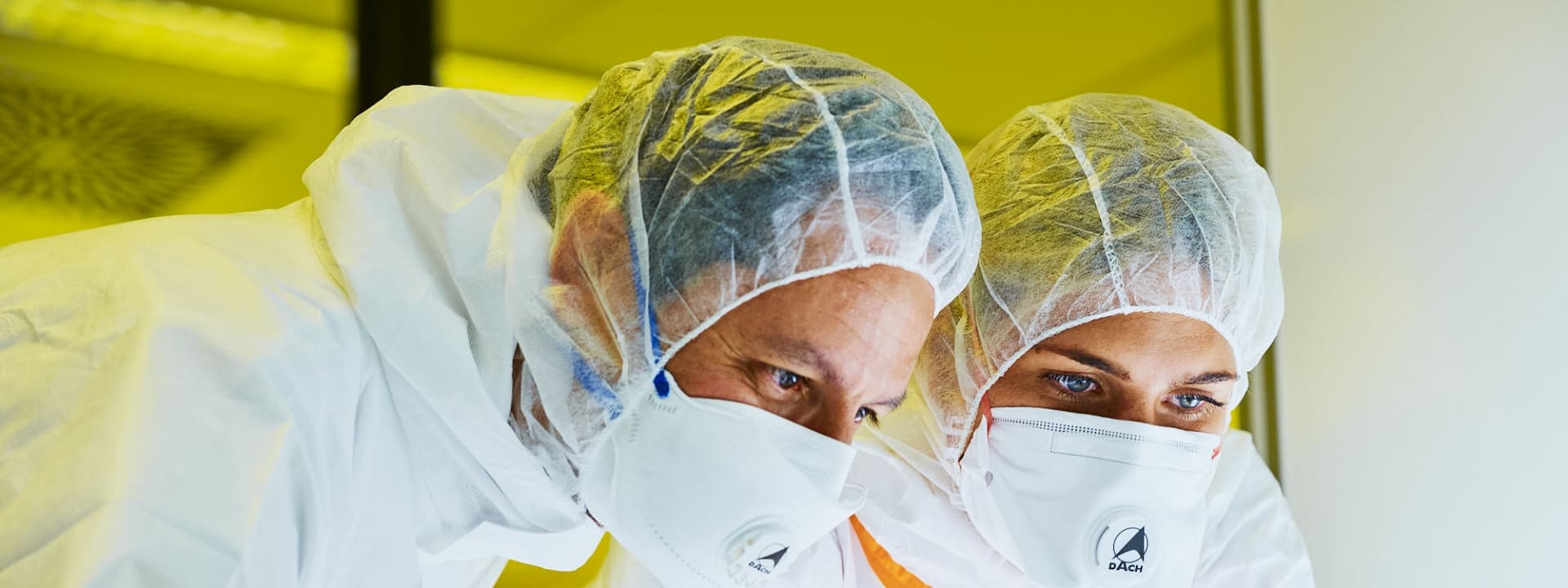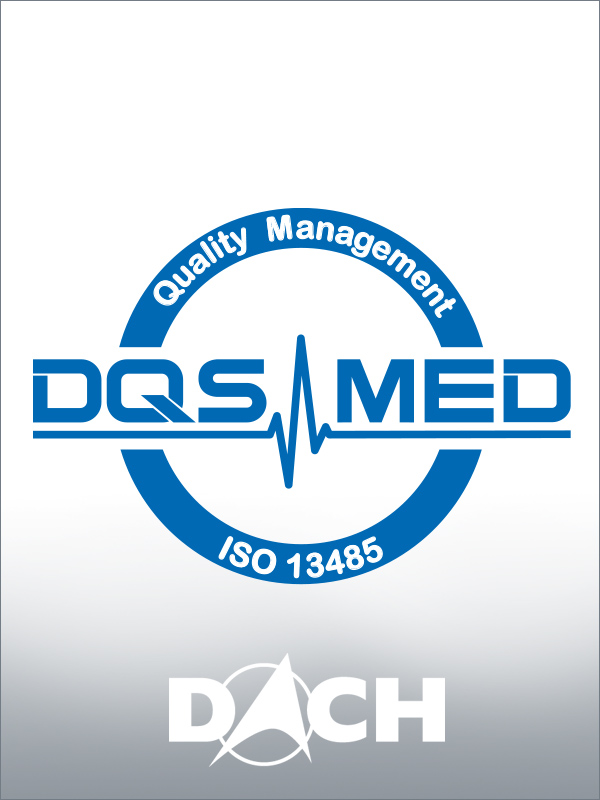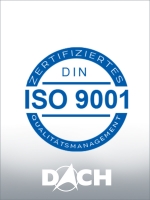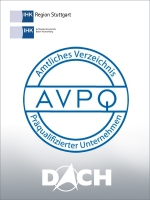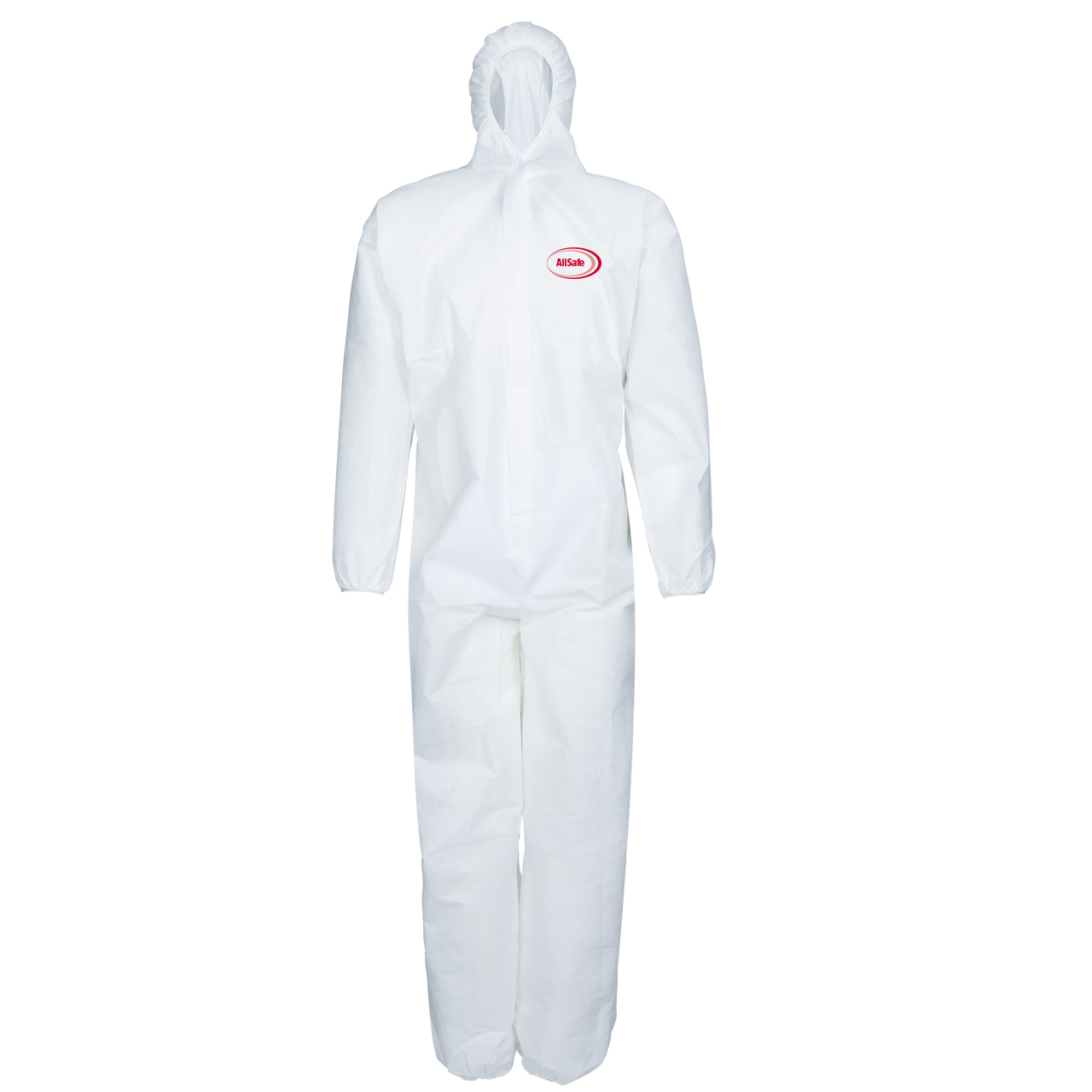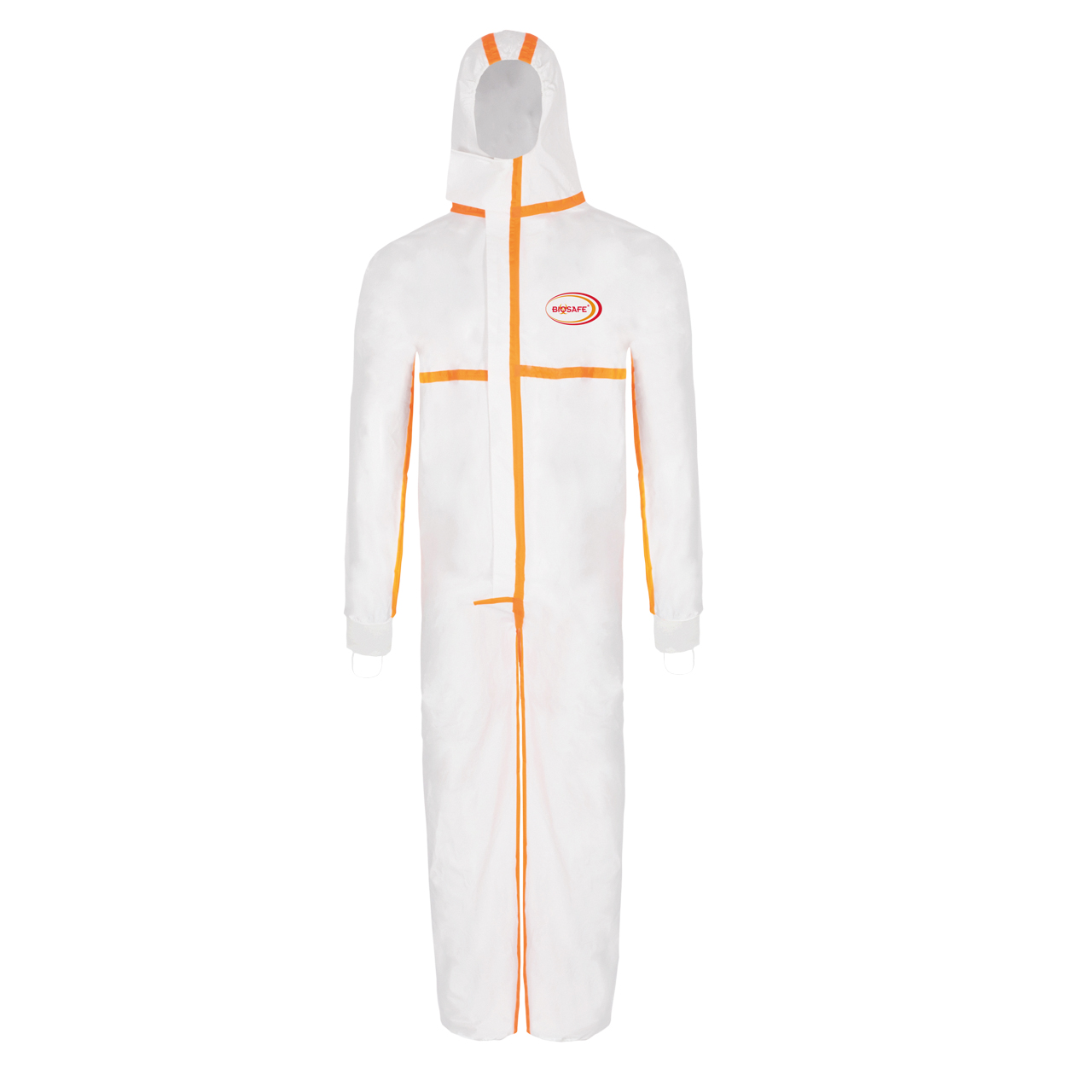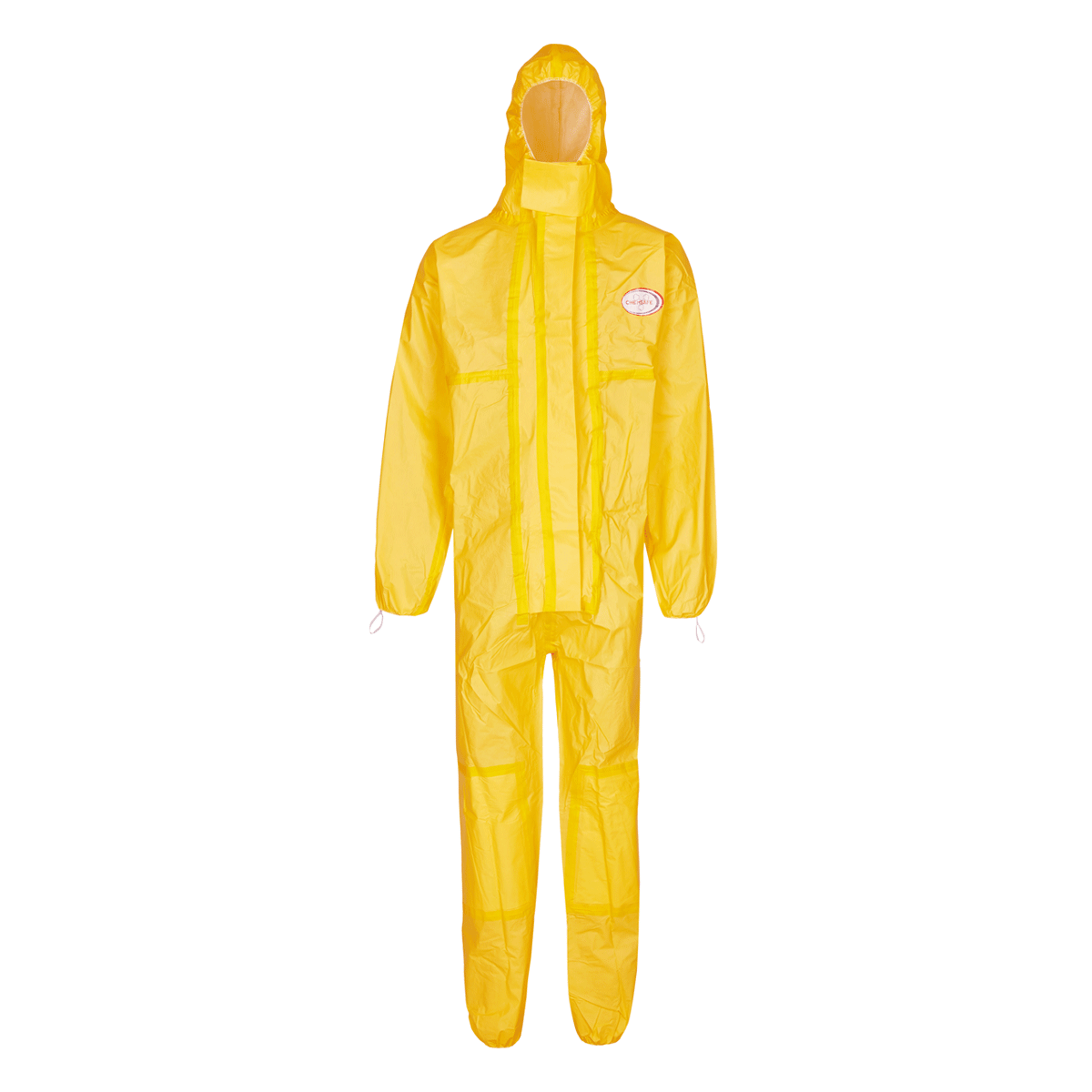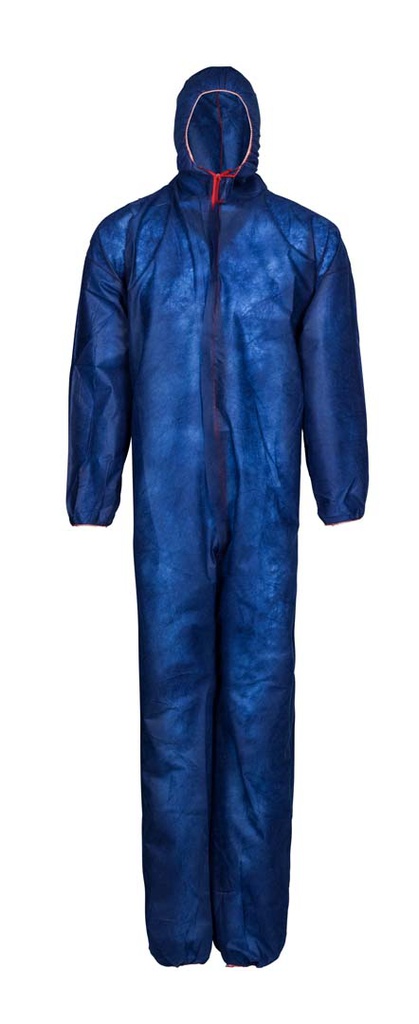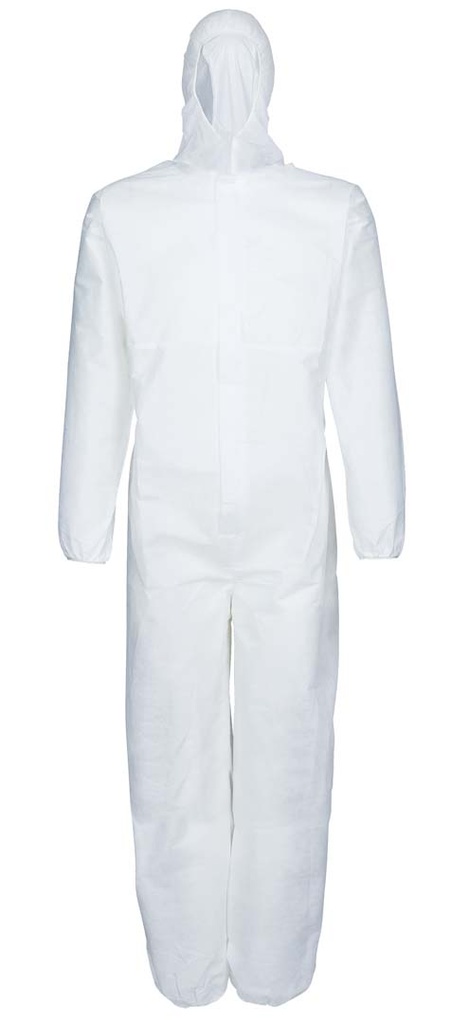Protective suits
Protective coveralls come in different variants and hazard levels, as diverse as the purposes for which they are used. For example, there are coveralls that protect against simple hazards and those that have been developed to optimally protect the user against biological and chemical hazards.
Protective coveralls from DACH Schutzbekleidung have been developed for use in the pharmaceutical industry, medicine and biotechnology, among others. These place high demands on microbiological purity and contamination control. Whether it is for the production of pharmaceuticals or the protection of the wearer in the isolation ward: you are optimally protected with them.
Categories for PPE
The PPE Regulation (EU) 2016/425 defines three hazard categories for personal protective equipment and is thus an important aid in choosing the right protective coverall:
- Category I: Simple protective equipment against minor risks
- Category II: Protective equipment against risks that do not comply with category I or III
- Category III: Complex protective equipment against risks that can lead to serious consequences such as death or irreversible damage to health. Within the protective coveralls of category III, there are different types of protection in accordance with diverse technical standards for the respective application.
Categories for protective coveralls
DACH offers protective coveralls of types 3, 4, 5 and 6. Type 3 protective coveralls are liquid-proof garments that are tested with a jet test. Type 4 means that the coveralls must be spray-tight. Both types meet standardised requirements for resistance to the permeation of liquids. Type 5 protective coveralls are designed to protect against solid particles. The material must meet standardised requirements for resistance to bending, tear propagation and puncture. Type 6 protects against liquid chemicals to a standardised degree.





.jpg)

.jpg)
.jpg)

